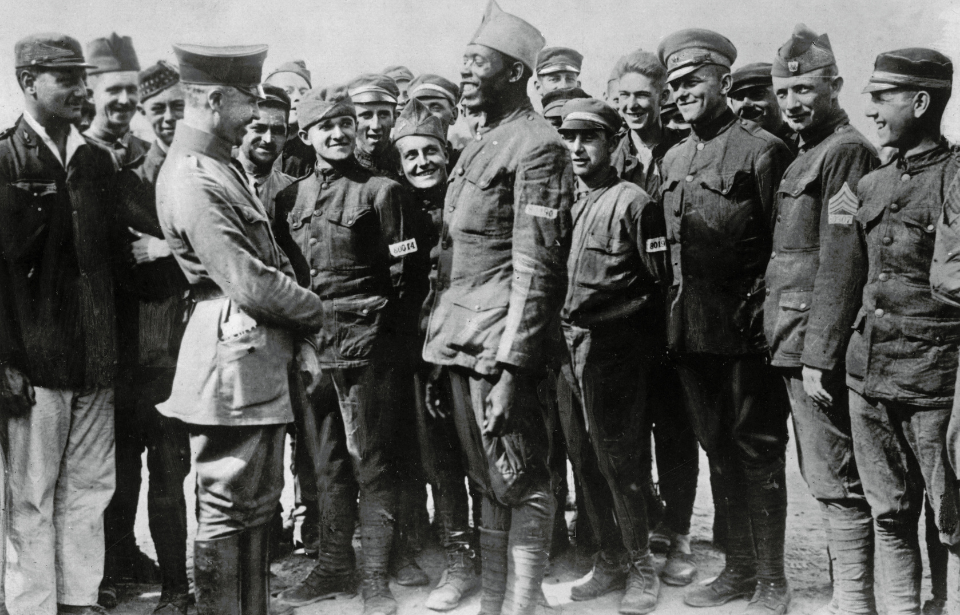Perhaps no other war in history has attracted as much scrutiny as the First World War. With attention comes myths, misinformation, and controversies that have the potential to persist for long periods. These myths could be potentially damaging to the soldiers and civilians who experienced the War, as well as those who have been involved in other military conflicts throughout history. Here are some of the most well-known myths surrounding the First World War that experts and historians have debunked.
1. The machine gun wasn’t responsible for the most deaths
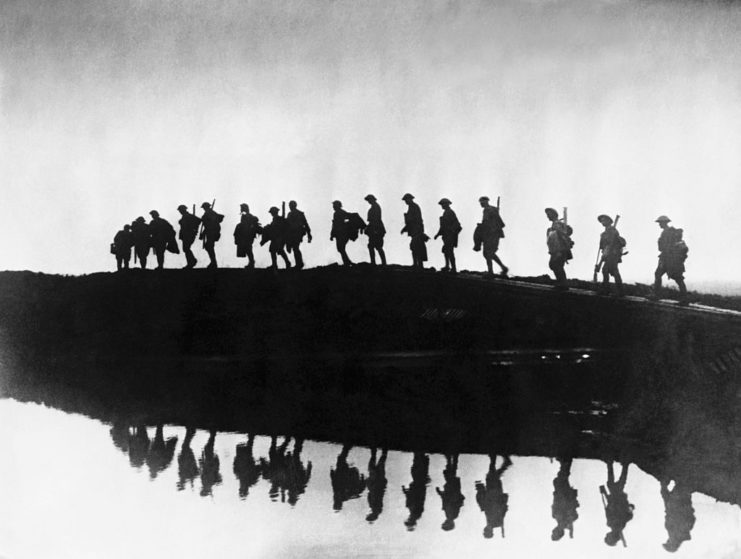
Some people believe that the machine gun was responsible for the majority of the deaths in the First World War. The reason for this misconception is most likely because the machine gun is the weapon commonly associated with the War in popular memory, especially when we imagine troops “going over the top,” armed with machine guna, running into no-man’s land.
Although this is a powerful image, artillery weapons were actually responsible for causing the biggest number of deaths during the War. Small arms were responsible for the second largest number of casualties in the First World War. On the Western Front between 1915 and 1918, artillery was responsible for seven out of ten British casualties. These statistics were similar for the French army when it came to cause of death.
2. Soldiers didn’t live in the trenches for years
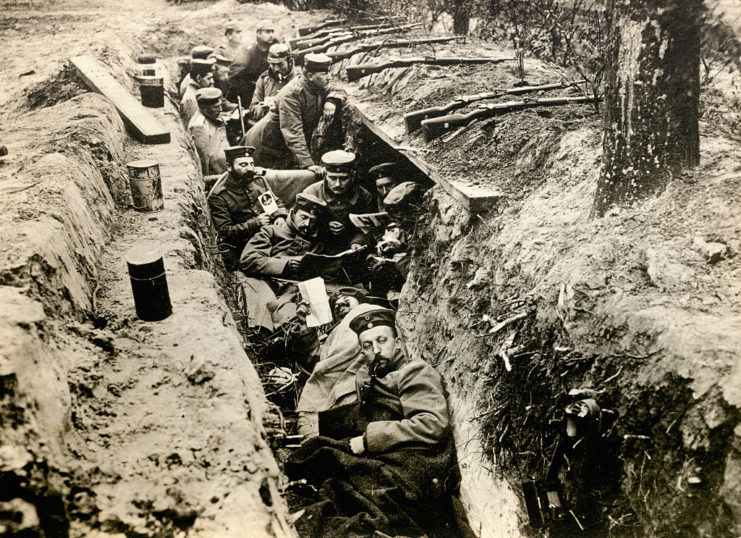
The First World War saw a new kind of fighting – trench warfare. The living conditions in the trenches were awful- men were crammed together, and the trenches often were filled with water, mud, and rats. However, most soldiers only spent an average of four days at a time in a front-line trench. Soldiers would often lose their morale if they spent too much time in the trenches.
The British Army specifically rotated their men constantly in and out of the trenches. Between battles, a unit would spend only around 10 days in a month in the trench system. It was not unusual for soldiers to be out of the trench line for a month at a time.
3. The impromptu truce on Christmas 1914 wasn’t recognized everywhere
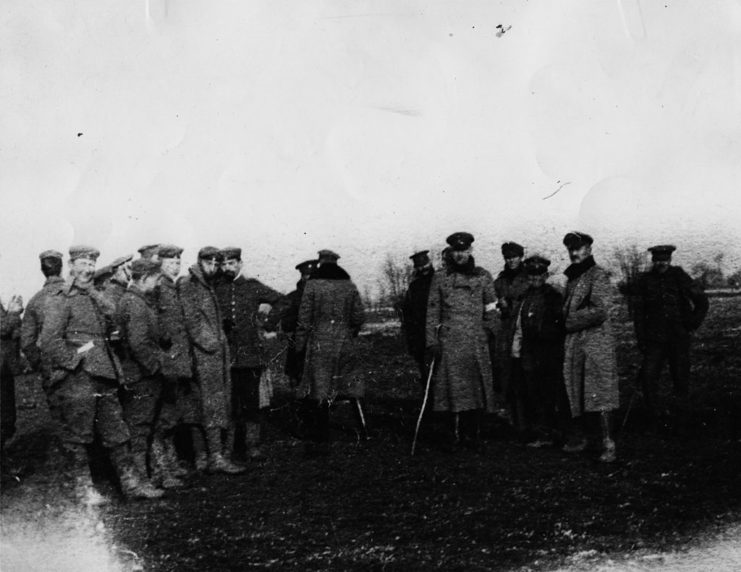
One of the more heartwarming stories to come out of the First World War is that the Western front observed a cease-fire on Christmas Day, 1914, to engage in a friendly game of soccer. The real story behind the truce is a little different than the mythologized version of this event.
Late on Christmas Eve 1914, men of the British Expeditionary Force (BEF) heard the German troops singing Christmas carols and different patriotic songs in their trenches. They also spotted lanterns and small fir trees decorating the German trenches. On Christmas Day 1914, some British and German soldiers met in the middle of no-man’s land to take photographs and exchange gifts. A few men played an impromptu game of soccer, but a lot of the time was spent burying war casualties and repairing trenches and dugouts.
This truce was not observed everywhere along the Western front. Casualties were recorded on Christmas Day, 1914. There were some isolated incidents of soldiers holding brief truces throughout the First World War to repair trenches and gather their war dead. However, these isolated truces were not observed over the entire Western front.
4. It is called the First World War for a reason
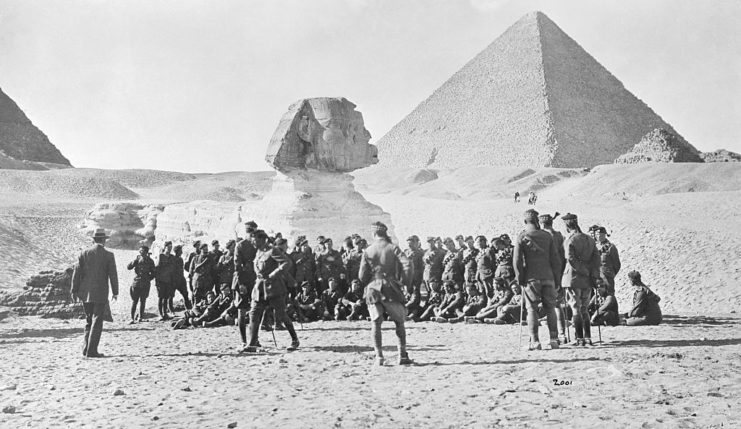
Some people assume that the First World War is called so because nations worldwide fought in this conflict. After all, countries including Canada, Australia, India, and the United States all sent soldiers across the world to fight in Europe.
However, people often forget that fighting in the First World War actually took place throughout the world, not just in Europe. Many campaigns were fought on African soil, and more than one million African soldiers were involved in the conflict. Fighting also took place in the Middle East, as the Ottoman Empire allied itself with Germany during the conflict. Significant action took place in modern-day Iraq and in Egypt around the Suez Canal.
5. Women did fight in the First World War
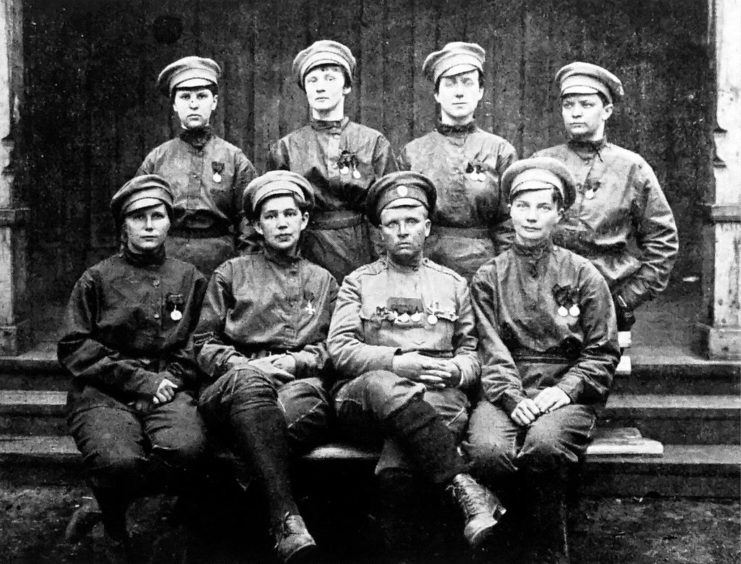
It is absolutely true that the First World War was integral in furthering female suffrage worldwide. A common misconception surrounding the female contribution to the war effort is that women did not actually partake in any fighting during the First World War, and that is simply not the truth!
Indeed, the British and American armies didn’t allow women to fight in the War, but other nations involved in the conflict permitted women to be physically involved. Women from Serbia, Bulgaria, Russia, and Romania fought alongside male soldiers on the front lines. The most notable female contingent from the First World War was known as “The Women’s Battalion of Death,” led by a Russian woman named Maria Bochkareva. In 1917, Alexander Kerensky authorized Bochkareva to assemble a battalion made up of 2,000 Russian women. This battalion did see front-line service during the First World War.
6. The British really weren’t enthusiastic about the First World War
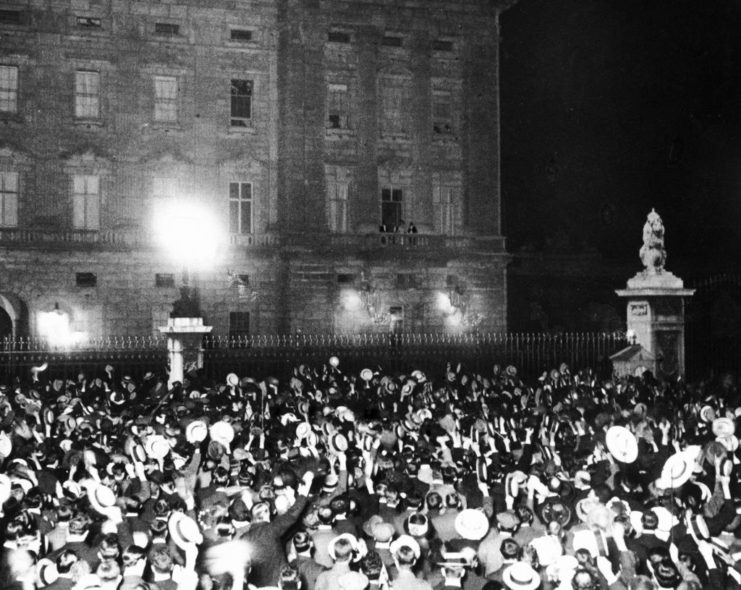
History class teaches us that the world had an utterly naive response to the First World War – that they were excited. Pictures including the one above support this myth, as these photos seem to indicate that the public responded with enthusiasm about the war.
Professor Catriona Pennell addresses this myth in a History Extra article, stating that throughout England and Ireland, “the outbreak of war on August 4 was greeted with a sense of shock and surprise. This was followed by a fortnight of chaos and dislocation as people tried to make sense of their newly frightening situation.” She says that by September 1914, the British people had accepted a need for Britain to fight, but this acceptance did not equate to blind enthusiasm for war.
It is also important to mention that learning about the start of the First World War would have invoked a very different reaction for each person. While some people may have been initially excited for the First World War, it is not fair to say that that was everyone’s reaction.
7. American ‘neutrality’ throughout the War
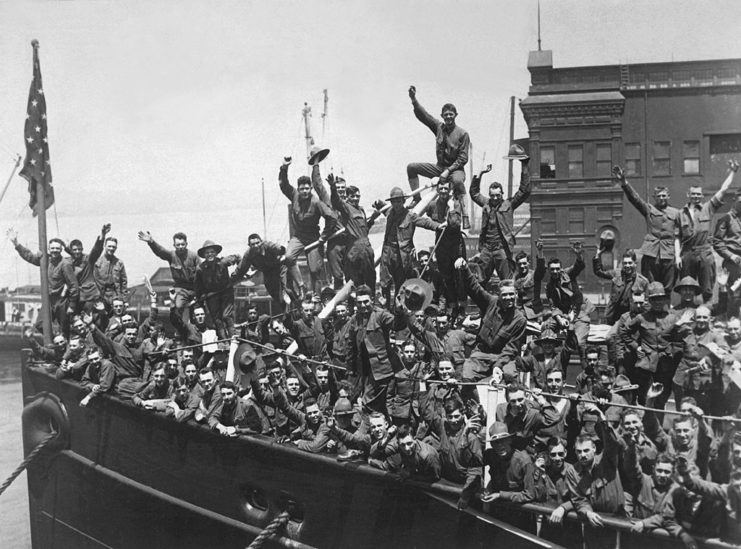
More from us: Video Footage Shows Extent of Damage Caused by Fighting in WW1
America officially adopted a policy of neutrality for the first three years of the First World War, only joining the conflict in 1917. However, American industrial strength supported the Allied war effort for the first three years of the First World War. Despite the official policy of neutrality, many Americans sympathized with Britain, France, and their allies. Many American-led groups also assisted overseas, including the Commission for the Relief of Belgium, which was headed by future American president Herbert Hoover.
This group raised funds, collected food supplies, chartered cargo ships, and organized distribution efforts to get food to civilians in Belgium.
